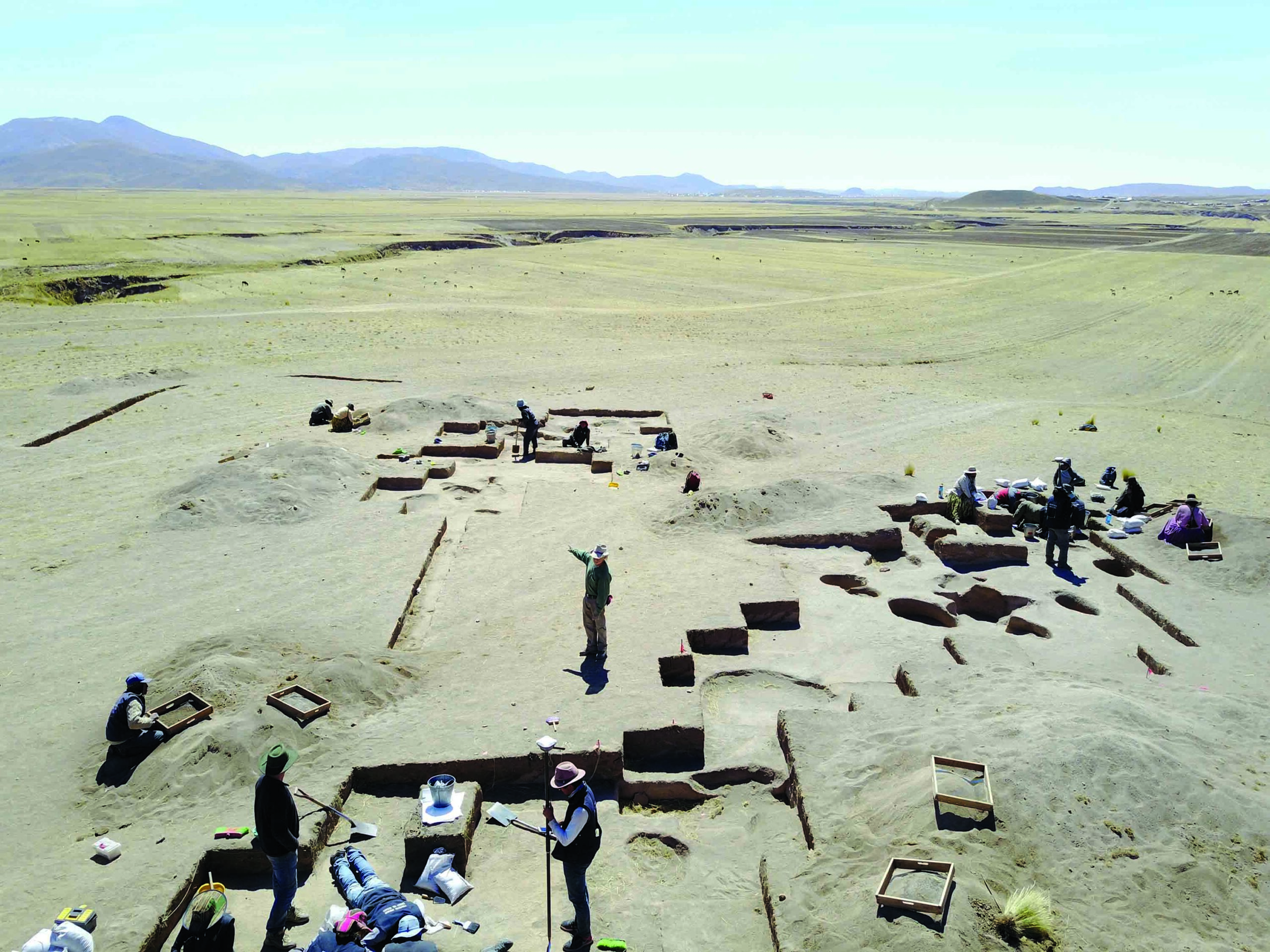

A research team led by Thomas Strasser of Providence College and Eleni Panagopoulou of the Greek Ministry of Culture announced the discovery of stone tools at two sites on the island of Crete that are between 130,000 and 700,000 years old. The tools resemble those made by Homo heidelbergensis and Homo erectus, showing that one of these early human ancestors boated across at least 40 miles of open sea to reach the island, the earliest indirect evidence of seafaring. "If hominins could move around the Mediterranean before 130,000 years ago, they could cross other bodies of water as well," says team member Curtis Runnels of Boston University, who helped analyze the tools. "When similar finds on other islands are confirmed, the door will be opened to the re-evaluation of every assumption we have made about early hominin migrations."











